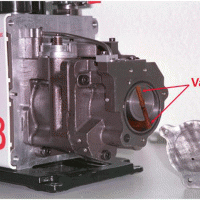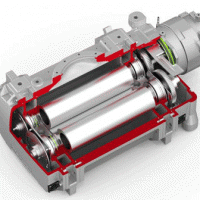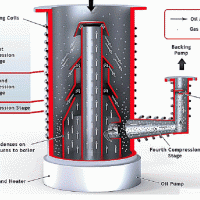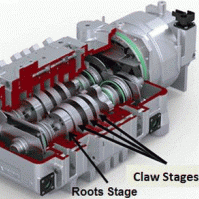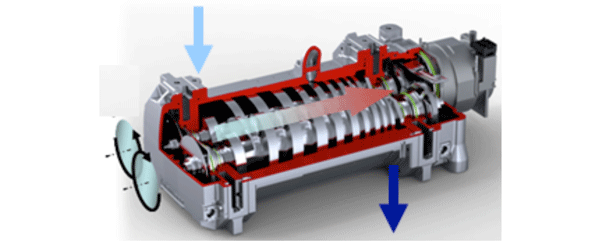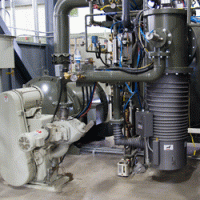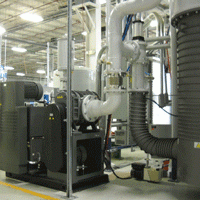To maximize your investment and produce repeatable high-quality process results, it is mandatory to institute a thorough pump preventative maintenance program. In a pump’s normal operating life, nearly all unexpected vacuum pump failures can be prevented, and when carefully maintained, a vacuum pump will provide years of reliable service.
Be Organized and Document Everything. Start by generating a checklist of routine maintenance activities. The pump manufacturer typically provides this as part of the operating manual. Second, incorporate a maintenance log documenting all routine maintenance, repairs and component replacement. The log will play a critical role in diagnosing future problems, scheduling various maintenance activities, and stocking spare parts. Install a running hour meter to document the number of operating hours on the pump between service activities and enter this into the log. If possible, measure and electronically record the vacuum before and after the pump during every operating cycle, as well as the pumpdown times and ultimate vacuum level achieved in the furnace. This information is often collected and stored as data points in the furnace’s data acquisition system for process reasons. It can also be useful for planning and scheduling maintenance. Changes in these variables can be programmed into the furnace control system to notify the operator when a maintenance inspection or a specific maintenance activity is necessary.

